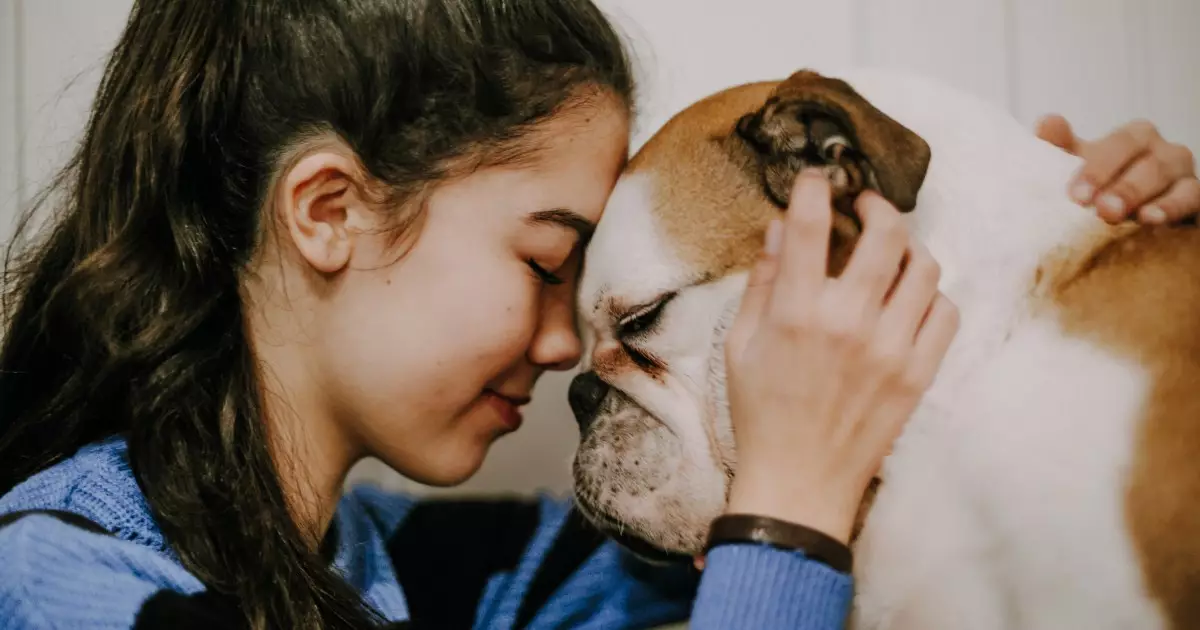Dogs, often referred to as man’s best friend, hold a special place in many people’s hearts. With playful antics and endearing loyalty, these furry companions have a unique way of connecting with their human caregivers. Yet, as much as we adore them, simply showering dogs with toys, treats, and accessories isn’t always enough to convey our affection. Dogs need to feel this love through actions they understand. By learning their communication methods, we can enrich our bond with them and ensure they are fully aware of our devotion.
The Power of Physical Affection
Physical touch is one of the most potent ways to express love to your dog. A simple act of scratching behind the ears or a gentle belly rub can convey a sense of comfort and security that words cannot. These actions trigger the release of endorphins, creating feelings of joy not just for your pet, but also for you. Observing your dog’s body language in response to touch is crucial; if they lean in or appear relaxed, it’s a clear signal that they’re enjoying the affection. However, it’s essential also to be aware of their boundaries. Not every dog appreciates the same kind of contact, and understanding their comfort levels can foster trust and strengthen the bond you share.
Another impactful way to express your love is through the act of feeding. While the practice of hand-feeding may fade as your dog grows, incorporating it during training sessions or special occasions can deepen the connection between you and your pet. By providing food personally, you establish yourself as a trustworthy provider, promoting a sense of reliance and affection from your dog. This intimate experience not only can ward off food aggression but also lays the groundwork for positive interactions. When your dog associates you with nourishment, the bond between human and canine flourishes.
Communication Beyond Tones
Recent research has revealed that dogs are more perceptive than we might assume. Studies utilizing MRI technology have shown that canines can discern human emotions conveyed through both tone and word choice. This means that simply telling your dog they’re a “good boy” or a “good girl” in a pleasant tone can elicit joy in their response. Therefore, verbal communication is not just beneficial for training; it also fulfills an emotional need for your pet. A consistent, loving tone can create an atmosphere of safety and appreciation, enhancing their overall well-being.
Training sessions focused on positive reinforcement can solidify your loving relationship with your dog. Offering treats or praise during the learning process demonstrates that cooperation and good behavior are rewarded, promoting an understanding of shared happiness. As you engage in training together, your dog will not only learn commands but will also recognize you as a source of joy and satisfaction. The more you both work towards making each other happy, the stronger your bond will become.
Understanding dog body language is a critical component of effective communication. While many people might instinctively hug their dogs as a way of showing affection, not all dogs appreciate this gesture. Some might feel threatened or stressed by direct approaches or strong displays of affection. Dramatic changes in a dog’s posture, ears, or tail can offer important insights into how they’re feeling. By respecting their personal space and acknowledging their signals, you can alleviate anxiety and foster a greater sense of security in your relationship.
Ultimately, the key to expressing love for your dog lies in fostering a nurturing and trusting environment. When dogs feel secure under your care, their ability to reciprocate love increases. As their protector and friend, you hold the essential role in their lives. Providing consistent, gentle attention, understanding their communication style, and honoring their boundaries will cultivate a relationship grounded in mutual respect.
Dogs thrive on love expressed in ways that resonate within the canines’ realm. By incorporating physical affection, mindful communication, training routines, and respect for their individual preferences, you can reinforce the special bond you share. Happy, loved dogs bring joy not only to their lives but to yours as well, ensuring that the relationship remains vibrant and fulfilling.

